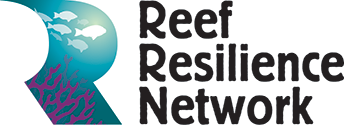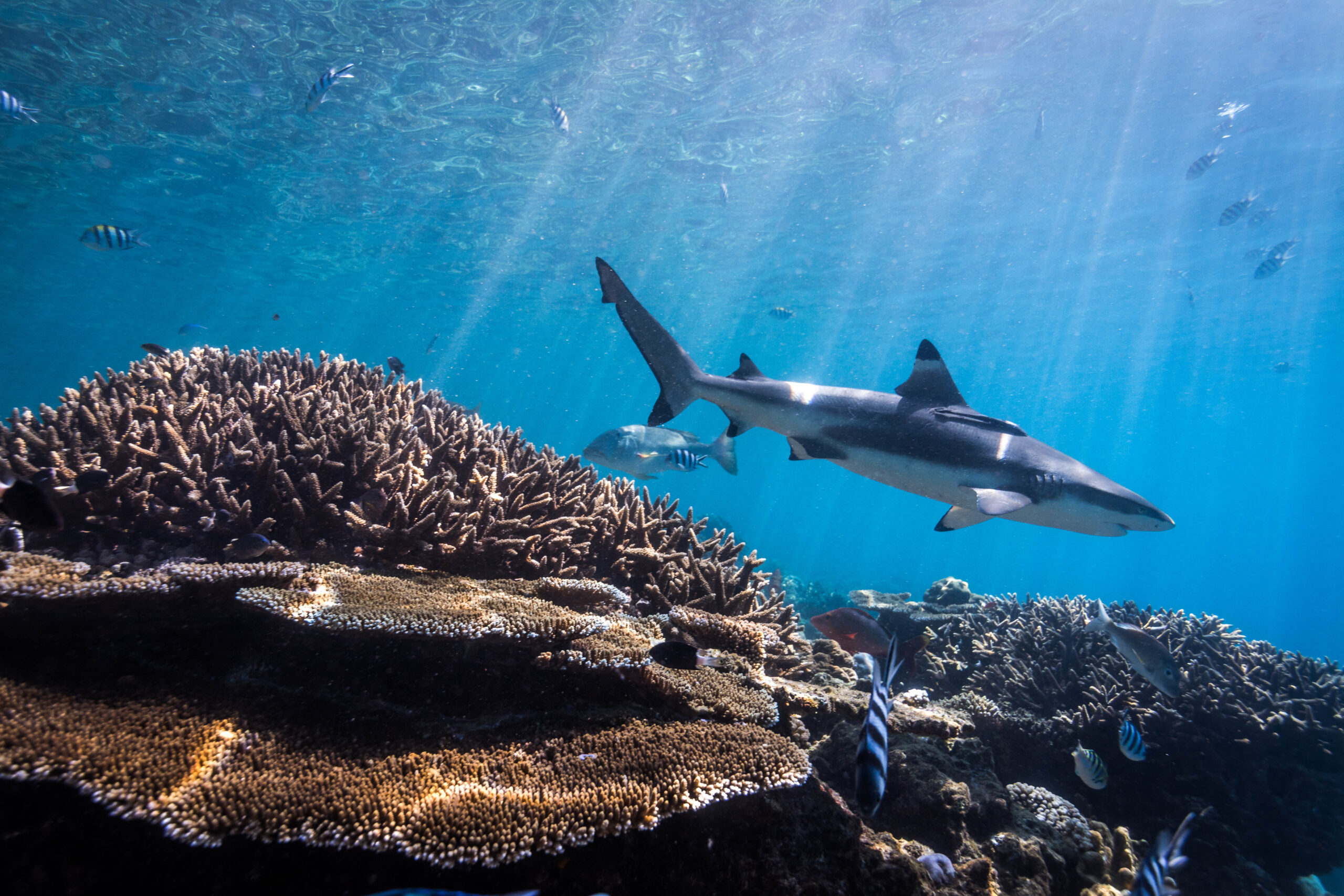Coastal marine fisheries are under an ever-increasing risk of collapse due to over-exploitation and human-caused degradation of coastal marine habitats and ecosystems. No-take fishery reserves can be an effective management tool to mitigate these problems. This article summarizes the most critical gaps in knowledge regarding these reserves and suggests ways to fill them. The authors suggest that gaining more knowledge regarding the dispersal of larvae, juveniles, and adult fishes is important to conservationists and fishermen. Additionally, enough larvae must remain in the reserve to sustain viable populations and larvae must also leave the reserve to sustain fisheries. The authors mention that more well-designed studies are needed to rigorously demonstrate that no-take reserves have sustained or improved nearby fishery yields. Additionally, it is suggested that we may also benefit from more research about target species to reveal practical knowledge about their mobility, life-history, and connectivity among subpopulations. Research on information about how fish-dispersal relates to water movement and habitat in reserves will help managers create no-take fishery reserves of the appropriate size, number, configuration, and habitat composition.
Adaptive management approaches will help managers understand and improve their reserves by allowing managers to meet their management goals while scientifically testing the efficacy of different management methods. Additionally, adaptive management of no-take fishery reserves can benefit managers, scientists, and the fishing community, if there is collaboration of all of these stakeholders.
Author: Sale, P.F., R.K. Cowen, B.S. Danilowicz, G.P. Jones, J.P. Kritzer, K.C. Lindeman, S. Planes, N.V.C. Polunin, G.R. Russ, Y.J. Sadovy, and R.S. Steneck
Year: 2005
View Full Article
Trends in Ecology and Evolution 20: 74-80. doi:10.1016/j.tree.2004.11.007


